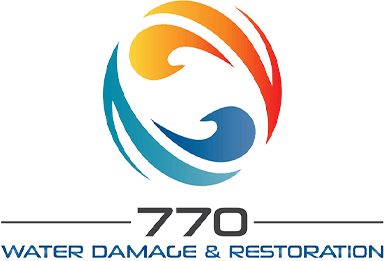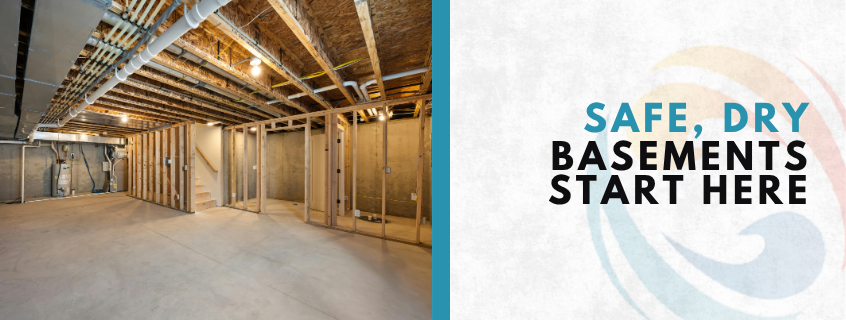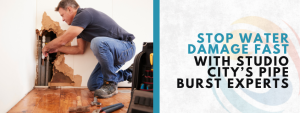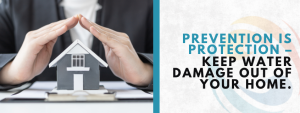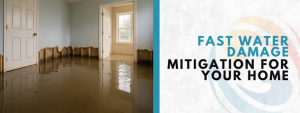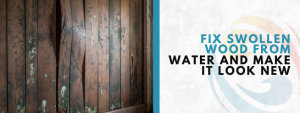Discovering water in your basement is a homeowner’s nightmare. Basement water damage can ruin furniture, weaken your foundation, and trigger mold growth that impacts indoor air quality. In Santa Monica, homes are especially vulnerable to heavy rains and shifting groundwater, making prevention critical. By understanding the causes, taking proactive steps, and acting quickly when water appears, you can protect your home and keep your basement dry. Early attention prevents costly repairs and ensures your space remains safe and comfortable.
Top Causes of Basement Water Damage
Basements can flood for many reasons, from poor drainage and foundation cracks to plumbing leaks. Understanding these common causes helps homeowners prevent water damage and protect their homes effectively.
1. Poor Drainage and Groundwater Pressure
- Gutters clogged with leaves or debris can overflow, directing water toward your foundation.
- Downspouts draining too close to the house increase seepage risks.
- Soil sloping toward your home traps water near the basement walls.
- Hydrostatic pressure pushes groundwater through even small cracks, creating leaks and structural stress.
2. Cracks, Leaks, and Failing Foundation Seals
- Hairline cracks allow water to infiltrate walls and floors slowly.
- Worn or missing waterproofing compounds weak points in the foundation.
- Freezing and thawing cycles expand small cracks, worsening basement water damage.
3. Plumbing Leaks and Sewer Backups
- Burst pipes, failed sump pumps, or washing machine hose failures can flood basements.
- Sewer backups introduce contaminated water that requires professional cleanup.
- Ignoring minor leaks often leads to long-term structural issues.
Preventing Water Damage in the Basement
Preventing water damage basement requires both exterior and interior strategies. Ensure gutters are clean and downspouts extend at least 6–10 feet from your foundation. Grade the soil around your home so water flows away from the basement walls. Inspect exterior drainage systems such as footing drains or French drains for clogs or damage. Inside, maintain your sump pump, check for leaks in water heaters or pipes, and consider backflow valves if sewer backups are common. These proactive steps help protect your home from Santa Monica’s seasonal rains. Regular inspections and maintenance are key to keeping moisture under control.
Interior Systems That Protect Your Basement
A well-maintained interior system is key to preventing water damage. Inspecting plumbing, sump pumps, and foundation seals ensures your basement stays dry and reduces the risk of costly repairs.
Structural Maintenance Tips
- Seal foundation cracks with epoxy or polyurethane injections.
- Apply waterproof coatings on basement walls and floors.
- Install moisture-resistant flooring or coatings to prevent long-term water damage.
Plumbing and Moisture Control
- Test and maintain sump pumps regularly, including battery backups.
- Inspect washing machine hoses, water heaters, and piping for leaks.
- Install leak detectors or automatic shut-off valves to prevent flooding.
Professional Support
- Hire a local water damage company for inspections or repairs.
- Engage water damage cleanup experts to handle severe flooding.
- Consider 24/7 water damage repair services for emergencies.
Even the best preventative measures sometimes fail. Quick action minimizes damage and prevents mold growth. Begin by shutting off the electricity in the basement. Remove standing water using pumps or wet vacuums and dry the space with fans or dehumidifiers. Discard heavily damaged items like carpet, insulation, or cardboard boxes.
For severe flooding, call professionals like Water Damage Restoration Santa Monica for cleanup, especially if contaminated water is involved. Using dehumidifiers and monitoring humidity helps control moisture in basements and reduce the risk of recurring issues. Homeowners and residents in the surrounding area should respond promptly to protect their homes from seasonal rains.
Long-Term Solutions for a Dry Basement
For lasting protection against water damage, long-term solutions are essential. Combining waterproofing, drainage improvements, moisture control in basements, and consistent maintenance helps keep your basement dry, safe, and free from mold year-round.
Advanced Waterproofing Measures
- Exterior membranes prevent water from penetrating foundation walls.
- Interior drainage systems channel leaks into a sump pit for controlled removal.
- Dehumidifiers help regulate humidity levels and prevent mold growth.
Building Habits for Prevention
- Keep gutters and downspouts clean year-round.
- Inspect basement walls for cracks every six months.
- Monitor sump pumps and plumbing systems for early signs of failure.
- Schedule an annual basement moisture inspection to identify problems early.
FAQ: Basement Water Damage in Santa Monica
Q1: What causes water damage most often?
A: Poor drainage, foundation cracks, plumbing leaks, and sewer backups are the most common causes.
Q2: Can I fix minor water damage myself?
A: Small leaks can sometimes be managed with pumps and fans, but large floods or contaminated water require professional intervention.
Q3: How can I prevent mold after flooding?
A: Dry the basement quickly, remove wet materials, and monitor humidity. Mold can develop within 24–48 hours.
Q4: Are there local services in Santa Monica for water damage?
A: Yes, local water damage companies and water damage repair experts provide cleanup and restoration services in the area.
Q5: How often should I schedule a basement inspection?
A: It’s recommended to have a basement moisture inspection at least once a year, or more frequently if you notice leaks or musty odors or after heavy rains, to prevent long-term water damage and mold growth.
